Department of
Mathematical Engineering &
Information Physics
What is MEIP?
Our goal is
Universal principles
and Methodology
The Department of Mathematical Engineering and Information Physics develops disciplines that are central to the technological revolution of the future. The department's goal is to integrate information concepts and information technology with a foundation in mathematics and physics. We are stepping into a world where mathematics, information, and physics intersect, and we have a grand mission to lead the new era in which cyber and reality are merging.
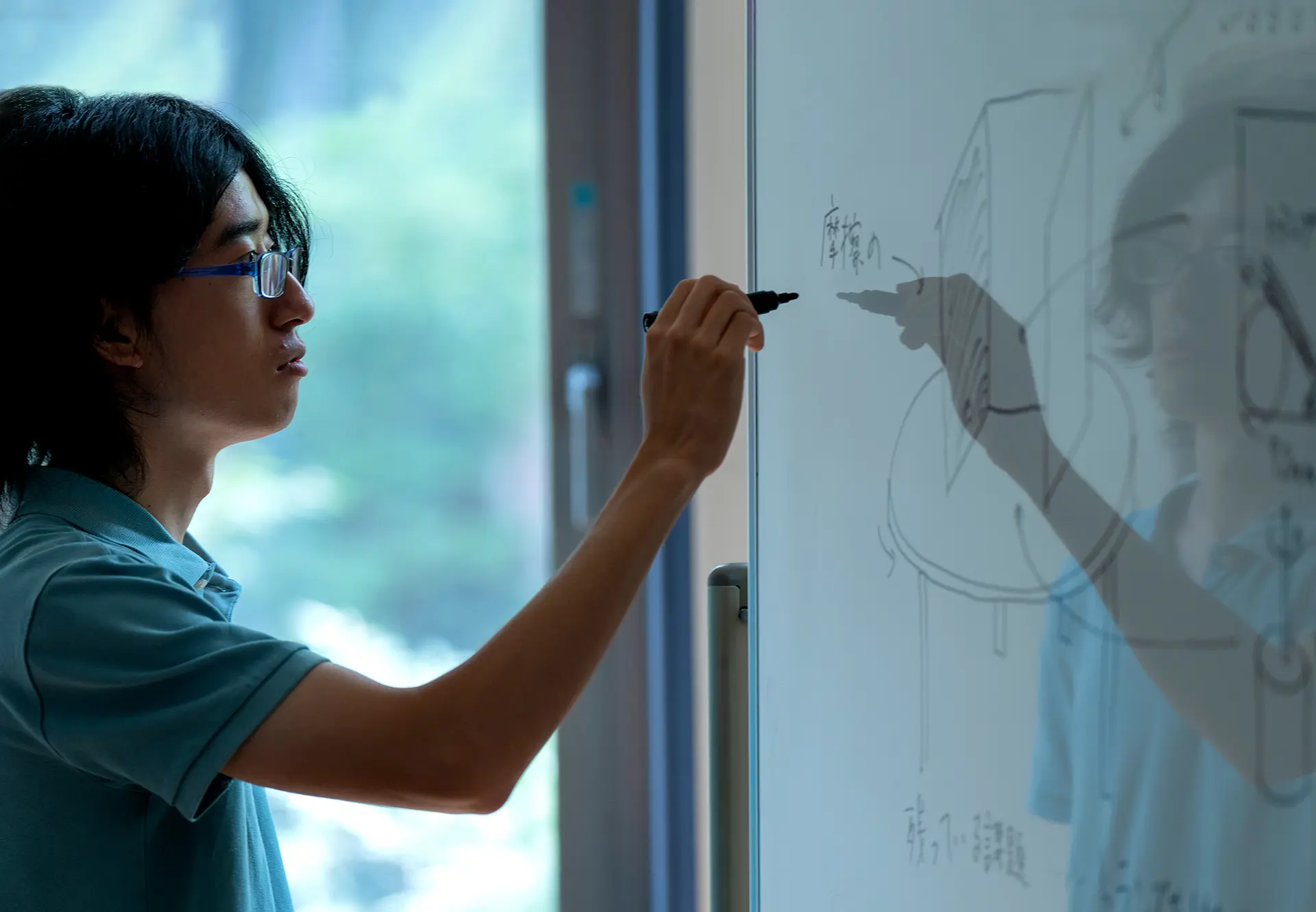
The unique name of the department is a combination of the words "measurement" and "mathematics. The outstanding foresight of our predecessors in combining mathematics, information, and physics into the word "mathematics" is astounding. To this day, the Department has developed as a department that is always at the forefront of its field, not only within the Faculty of Engineering and the University of Tokyo, but also internationally, as a distinctive and outstanding department, and the current faculty members are proud to be involved in education and research.
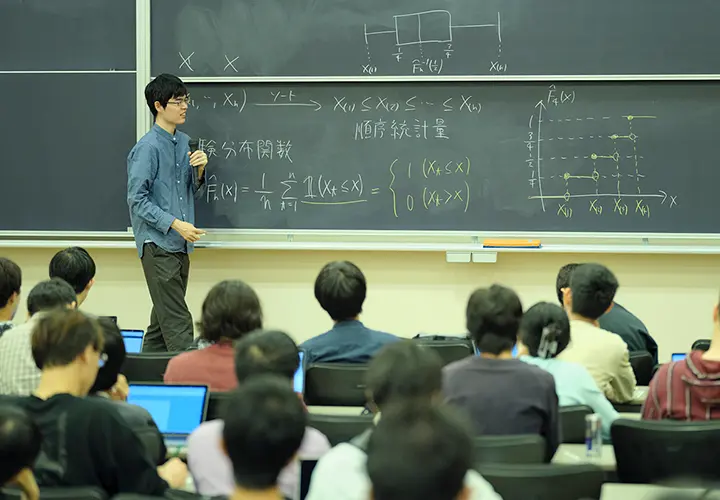
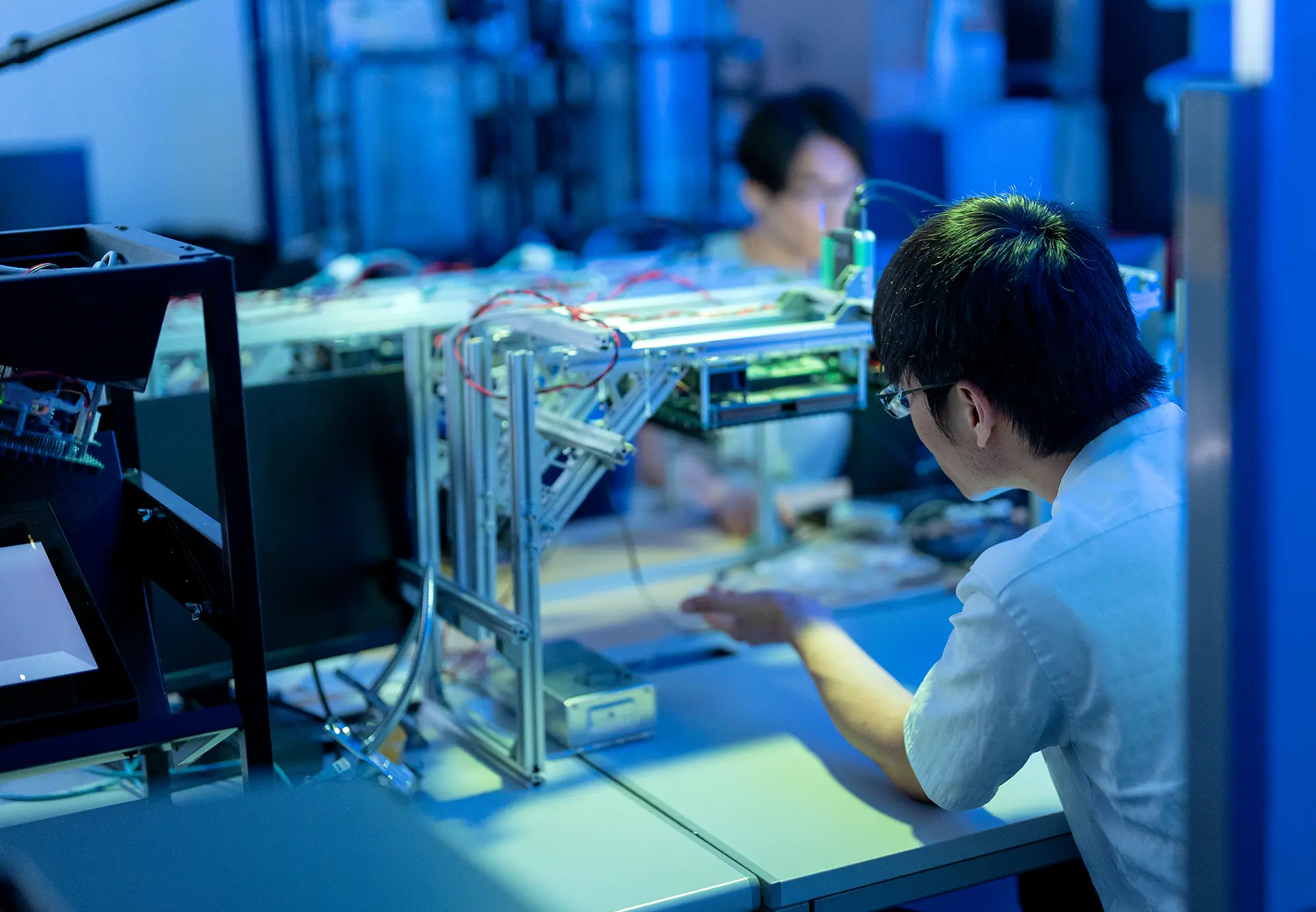
The Department of Mathematical Engineering and Information Physics has
three core values that have remained unchanged through the ages.
-
Universality
- The Department does not limit itself to specific areas of application or fields of application or industries. It deals with concepts, principles, and methodologies that are universally applicable in engineering and in the real world.
Students can deepen their knowledge in a wide range of areas of mathematical engineering, modeling methods for real-world problems, data collection and analysis, and a wide variety of control and system design.
-
Invariant
- The foundation of learning in the Department is rooted in immutable principles and structures on top of specific methods and techniques that change with the times and technological advances. For example, the underlying mathematics and methodologies of such technologies as artificial intelligence and deep learning, which are currently the focus of much attention, also have this unchanging structure. The Department's students can learn these universal and immutable knowledge and principles.
-
Unbiased
- The educational policy of the Department is to study the foundations of mathematics and systems from diverse perspectives, without being biased toward any one field or laboratory. Unlike many other universities and departments, students learn across several laboratories, which allows them to acquire a variety of methodologies and perspectives.
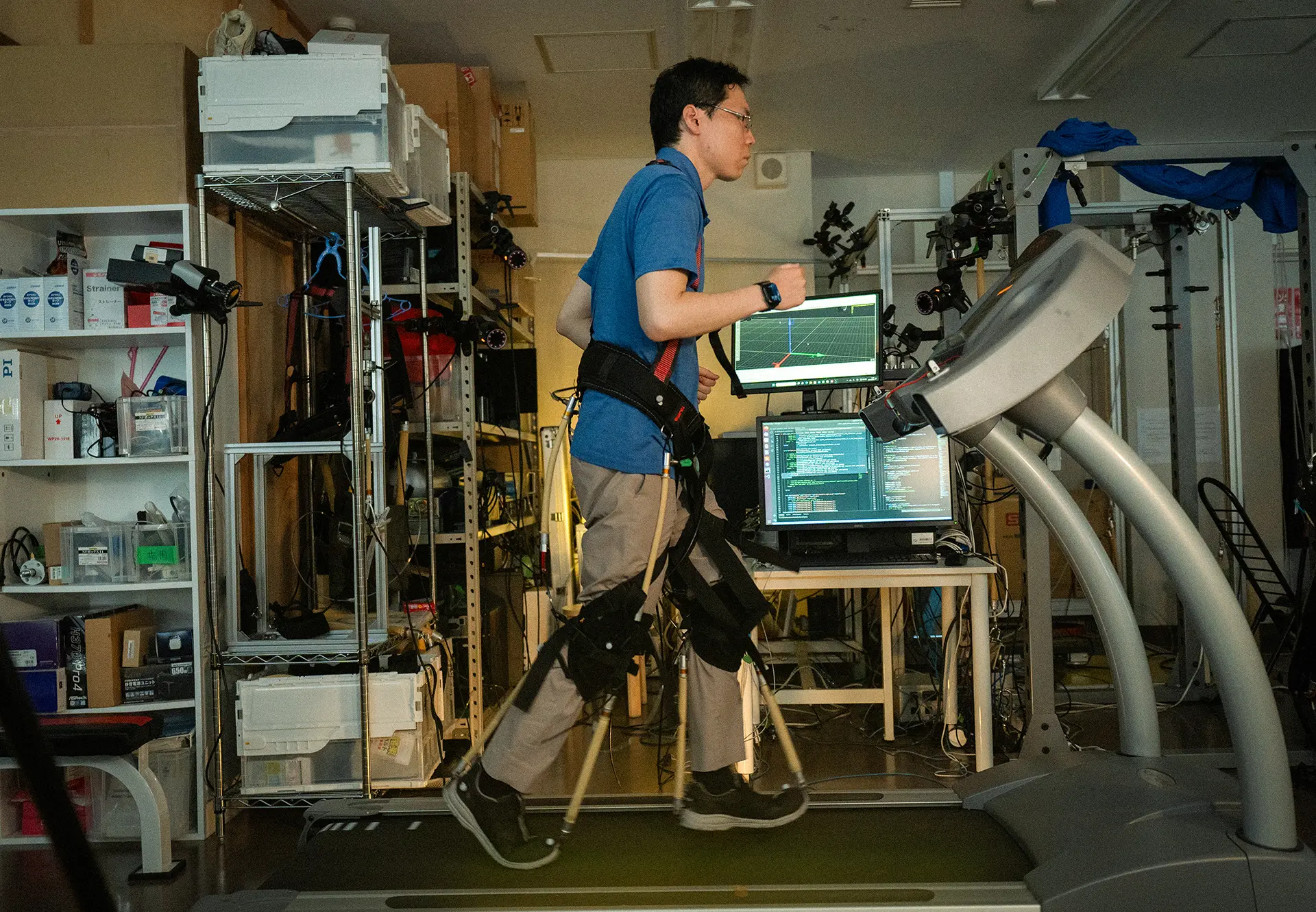
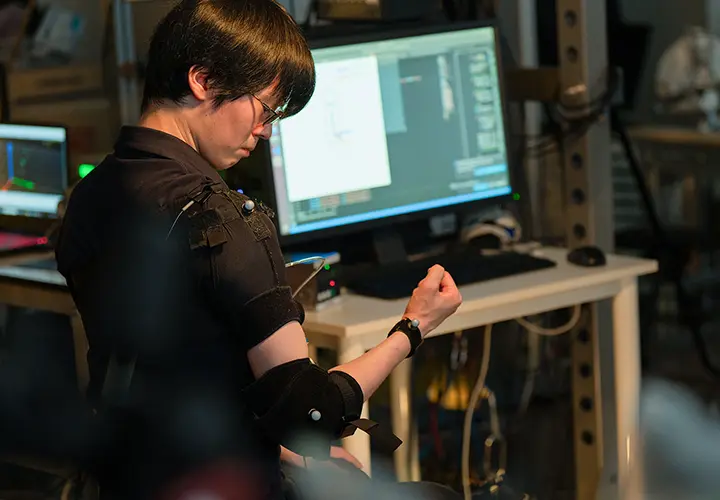
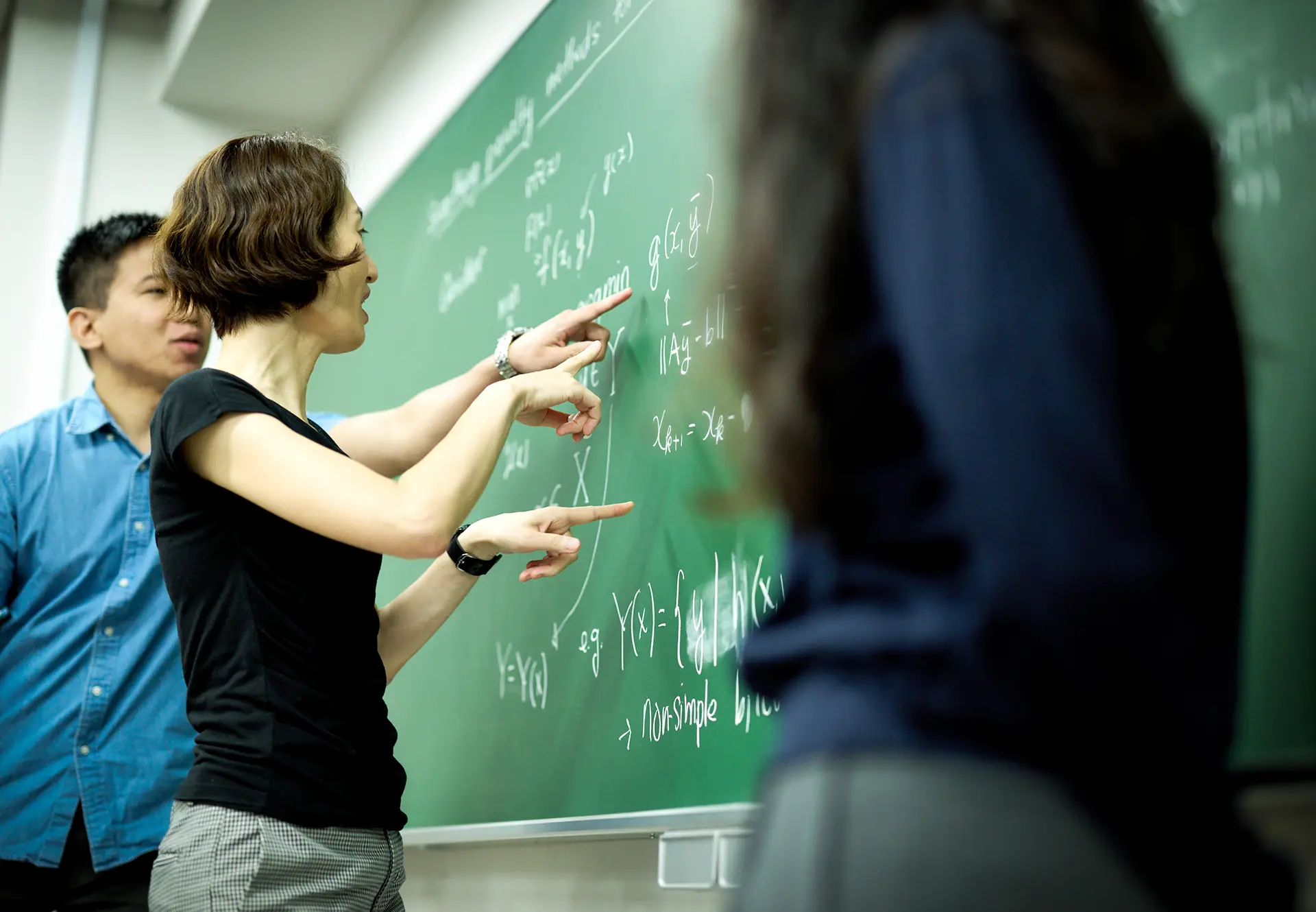
The Department of Mathematical Engineering and Information Physics provides an environment that nurtures future technological leaders who will create the next generation of science and technology, and focuses on "universal principles and methodologies" that do not depend on specific fields or industries such as electrical, mechanical, or materials science.
This place, which develops warm bonds and the sense of community while letting people pursue cutting-edge academics, the warm bonds and sense of community that develop within the university will be a solid asset for all of you.
Course
Two courses that are
complementary to each other
Using a mathematical approach, world-class research is being conducted in a wide range of academic fields, including medical engineering and financial engineering, as well as advanced science and technology such as robotics, brain science, nanotechnology, and biotechnology.
Modeling the nature of phenomena and
Creating problem-solving methods
Mathematical Information
Engineering Course
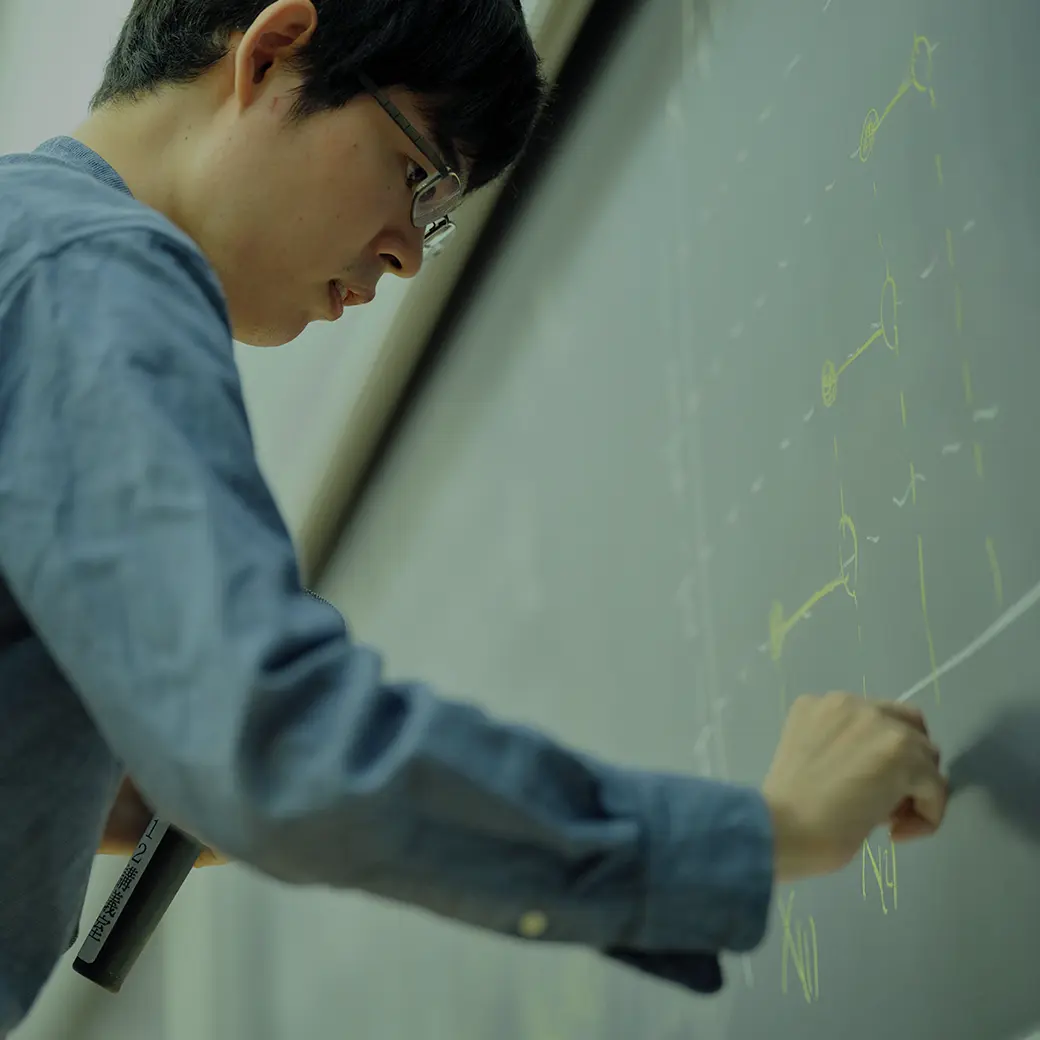
Correctly perceive the real world and
Achieve desired functionality
Information Physics and
Computing Course
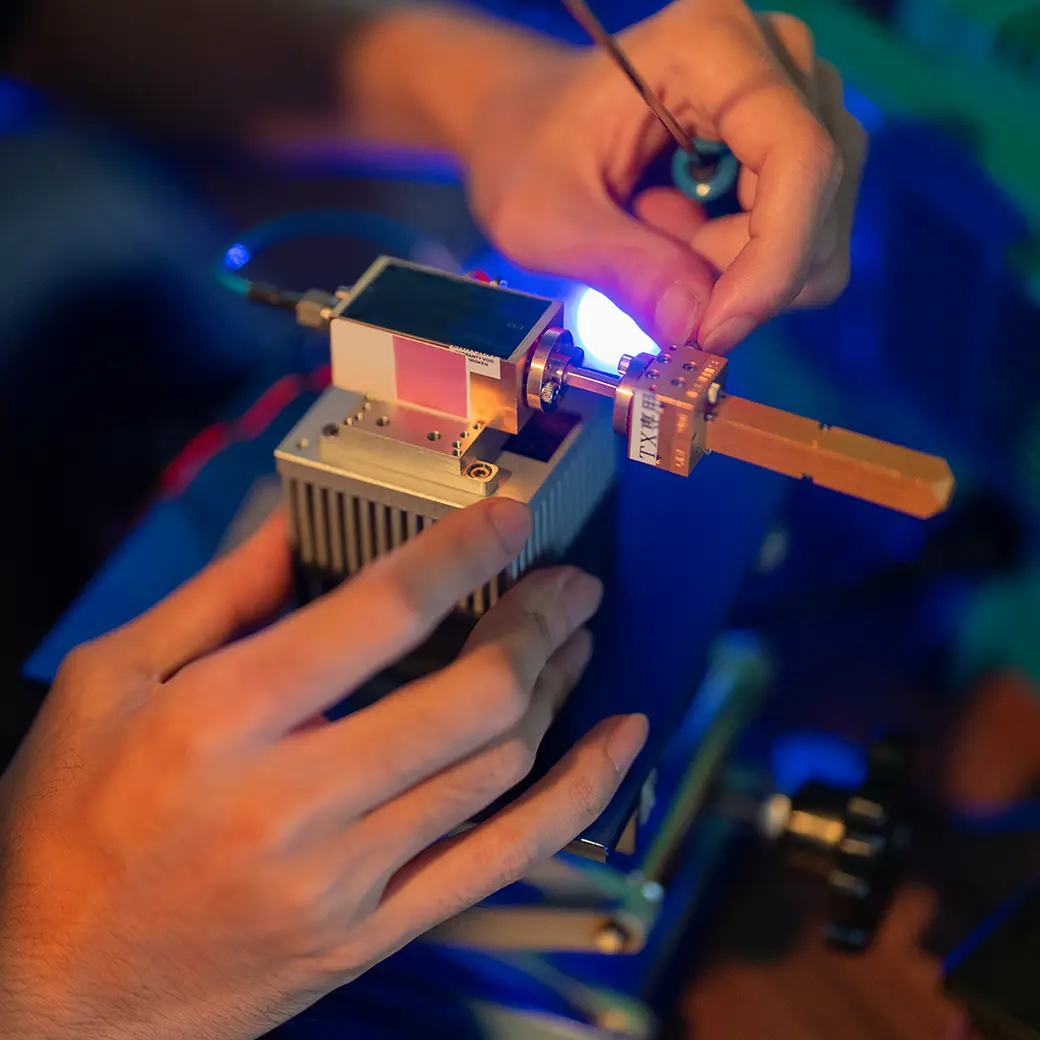
Education What is the Applied Physics Division?
The Applied Physics Division consists of two main areas, "Physical Engineering" and "Mathematical Engineering and Information Physics". The Department of MMathematical Engineering and Information Physics is further divided into two courses, Mathematical Information Engineering and Systems Information Engineering. The mission of this department is to provide a new form of engineering education based on the cross-disciplinary system described above and to meet the demands of society.

Both departments are located mainly around Building No. 6 of the School of Engineering, with a library and workshop as shared facilities. The library, located in the center of the building, houses a large number of books and journals on basic and broad areas, especially on boundary areas, and is very useful for students' learning and research. The Applied Physics Division aims to foster engineers and researchers with a broad perspective by deepening their fundamental knowledge while strengthening cooperation.
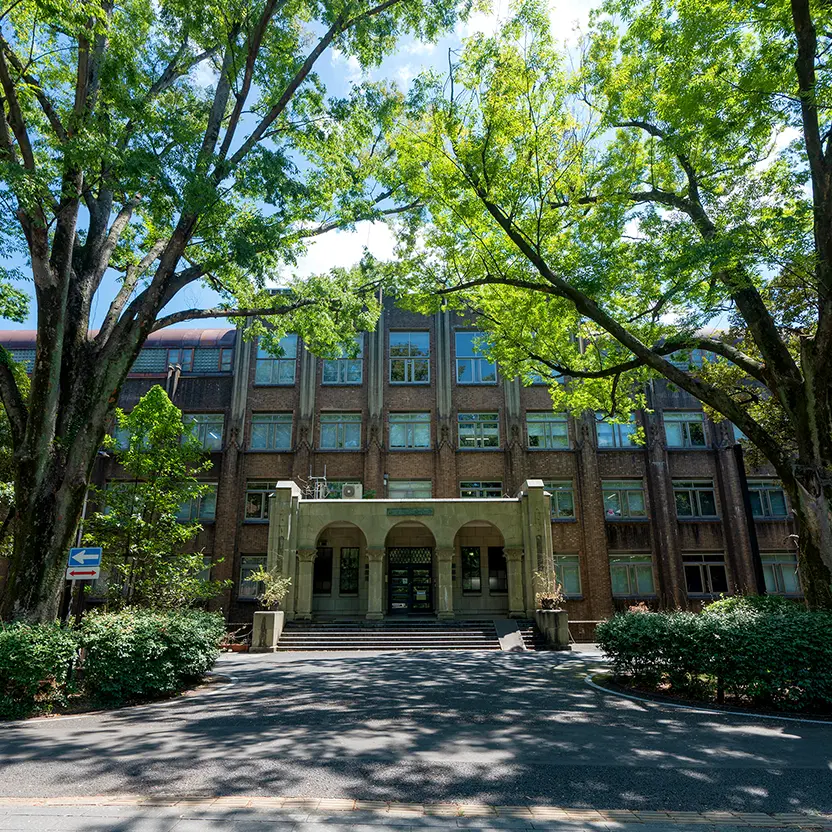
And our approximately 4,000 graduates are working extensively in various fields of engineering and playing a central role in the evolution of technology as new types of engineers or researchers with a comprehensive perspective and judgment.
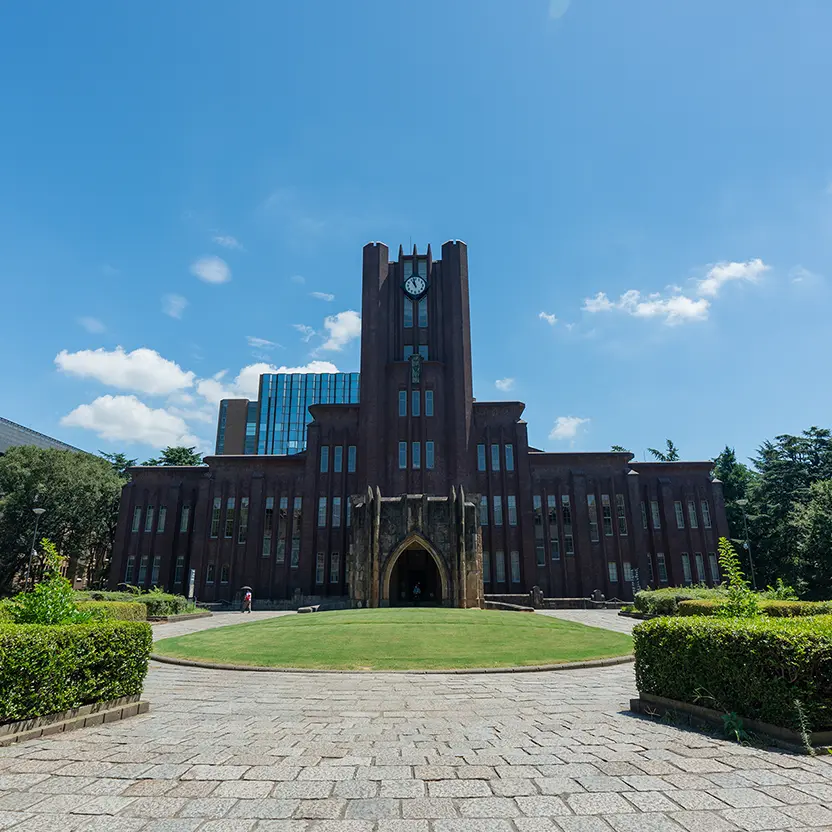
"Mathematical Engineering and Information Physics" that traverses mathematics, information, and physics
The history of the Department of Mathematical Engineering and Information Physics can be traced back to the end of World War II. During this period, the Department of Instrumentation Engineering and the Department of Applied Mathematics were newly established in the First Faculty of Engineering of Tokyo Imperial University. In 1962, a major change took place. These two departments were merged into one and reborn as the "Department of Mathematical Engineering and Information Physics".
The choice of this department name was based on a strong awareness of the need to integrate the three elements of mathematics, information, and physics. And this foresight is quite remarkable. Because given today's development of information technology and information science, and the importance of their integration with the real world, the naming of the Department of Mathematical Engineering and Information Physics seems to have foreseen the premise of today's key concepts such as Society 5.0 and Digital Twin.
Engineering has continually evolved, utilizing the important achievements of basic science and developing new technologies, while responding to the changing demands of the times. There are various ways of perceiving engineering. For example, there are two ways of thinking: one is to divide each field of engineering by industry or sector, and the other is to divide it by technology or approach method without being particular about a particular subject. If the former approach is called a "vertical system," the latter can be described as a "horizontal system" or a "transversal system.
Physics and mathematics, among the basic sciences, have developed while maintaining a deep relationship with many fields of engineering. And this relationship has become even stronger in recent years. In traditional engineering disciplines, the ideas of physics and mathematics have always been important and their leading role has been recognized. There is great hope that new engineering disciplines will build on these disciplines in the future, and it is clear that new engineering approaches are needed as a response to the strong contemporary demand for energy and new materials development.
In addition, information technology has long been recognized as an element of engineering that society considers important along with materials and energy. In recent years, measurement and control and systems technologies have been applied not only to information about objects and states, but also to information about living organisms and society, and mathematical techniques have also been developed with the structure and processing of information as a major theme.
There is a growing demand for engineers and researchers who have the ability to comprehensively view each field of engineering from a cross-sectional perspective and seek fundamental solutions to problems.




